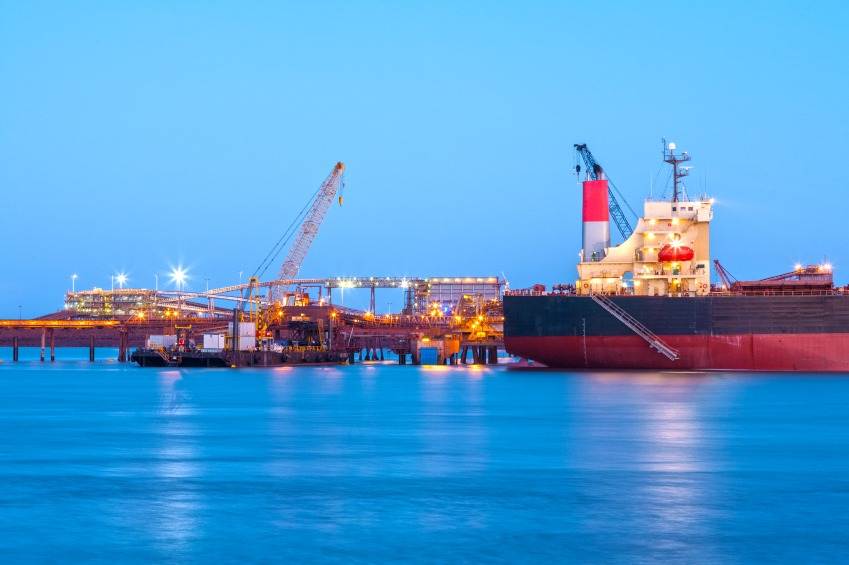By Stephen Koukoulas
13 February 2015, The Guardian
For the first time in almost a quarter of a century, China begins its new year celebrations with a question mark over how the country will maintain its extraordinary growth. The economy is maturing and breakneck expansion is being supplanted by a shift towards services and away from manufacturing, construction and agriculture.
For Australia, the implications of these changes are significant. Already, the growth in demand for iron ore and coal from China is slowing, driving the price of these two huge export earners for Australia to levels that are seeing the high-cost producers close down.
For China, 2014 saw a cooling in the rate of economic growth. While 7.4% GDP growth appears impressive, it was the slowest rate of expansion in 24 years. The broad consensus from economic forecasters is that GDP will ease further in 2015, to a rate around 6.75% as further weakness in the property market and subdued global conditions outside China bite.
At a time when the global economy remains in an economic funk, the contribution of exports to Chinese GDP is faltering. The eurozone is one of the largest export destinations for Chinese manufactured goods. Its rolling recession and efforts by the European Central Bank to depreciate its currency, the euro, are curtailing global trade, including for China.
The economic concerns starting to engulf China are showing up in other economic indicators. Consumer price inflation rose by just 0.8% over the year to January with producer prices registered a severe 4.3% decline over the same timeframe. While part of the low inflation result is a reflection of the collapse in oil prices, it is also a reflection of the softer pace for domestic economic growth and the overcapacity that is evident in the property sector.
For the sake of China and Australia, it is to be hoped these disinflationary trend reverse during 2015.
The other manifestation of the slowdown was seen in the international trade data for January. From year earlier levels, exports dropped 3.3% while imports fell a stunning 19.9%. The export weakness reflects the fragile nature of the global economy outside China. More importantly for an assessment of the strength of the Chinese economy was the collapse in imports levels as this reflects lower demand for a mix of raw materials that are used in industrial production and construction and signs of constrained growth in personal consumption spending.
For Australia, the fall in Chinese imports is bad news. China takes around one-third of all Australian merchandise exports which in 2013-14 totalled $100bn. This, in other words, was 6% of Australian GDP, larger than total housing investment.
For now, this source of economic and income growth for Australia is under threat. It is also under threat because China is continuing to diversify its sources of imports with commodities imports from South America and Africa growing strongly. Australia is increasingly vulnerable to these other regions grabbing market share particularly with the Australian dollar overvalued on most conventional fair-model models.
Suffice to say the cyclical slowing in China, either with some longer-run structural changes are presenting Australia with an enormous economic challenge which must be met from growth largely from domestic sources.
From a longer term perspective, China will remain a growth engine for the world economy, albeit with a changing composition.
Per capita GDP in China is still relatively low at US$7,000, a fraction of the US$26,000 in South Korea, by way of comparison. Over the longer run, say one or two decades, Chinese incomes will continue to grow, but the pace of that pick-up will, as it does in all countries, slow as the catch up to the middle- and high-income countries gets nearer.
When the current cyclical downturn in China plays out during 2015 and possibly into 2016 and the more important structural changes are reinforced, there will be some good news for Australia. The rise in incomes and the hundreds of millions of Chinese with middle class incomes and wealth will help drive the services exports. Be it Chinese tourists visiting Australia, students studying at the world-class universities in Canberra, Sydney and Melbourne or banking and finance links driven by the steady move of the Chinese to liberalise their capital markets, there can be little doubt that China will remain a vital trading partner and export market for Australia.
It is just that in the next five or 10 years, it is likely that services exports will have a greater share of Australia’s trade with China.

